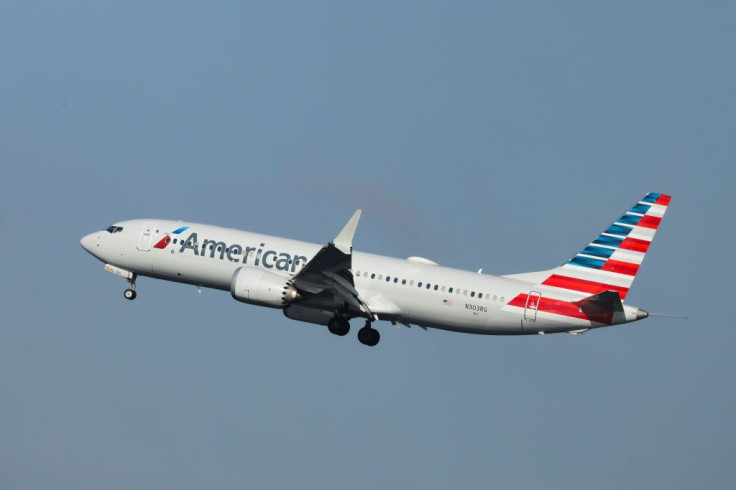Boeing 737 Makes Emergency Landing At Tennessee After A Potential Mechanical Issue

A Boeing 737-800 from Delta Air Lines made an emergency landing in Tennessee Sunday morning.
This older 737 model is different from the 737 MAX 8, which was designed to replace it. The newer 737 MAX 8 figured in two fatal crashes in October 2018 and March 2019.
Flight 1417 with 129 passengers on board landed safely at McGhee Tyson Airport at 9:17 a.m. after the pilots reported a nose gear issue, said a statement by the U.S. Federal Aviation Administration (FAA).
The FAA said the flight took-off from Tri-Cities Airport in Tennessee and was en route to Hartsfield-Jackson Atlanta International Airport when the pilots declared an emergency. It said it will investigate the incident further.
“Delta apologizes to customers on flight 1417 from Tri-Cities to Atlanta that diverted to Knoxville out of an abundance of caution following a potential mechanical issue," said Delta in a statement. "The aircraft landed and taxied to the gate normally and is being inspected by maintenance technicians."
The passengers aboard Flight 1417 were re-accommodated on another aircraft that departed Atlanta.
The latest scare involving a Boeing 737 is bound to increase the jitters still being felt among the flying public and airlines in the wake of the twin crashes of a 737 MAX 8 that left 346 passengers and crew dead.
Airlines are still awaiting the report from the “Joint Authorities Technical Review” team, or JATR, which was established in April to analyze the software fix developed by The Boeing Company for its Boeing 737 Max 8 jetliners.
More specifically, JATR is evaluating the automated flight control system called MCAS (Maneuvering Characteristics Augmentation System) implicated in the twin crashes. Boeing released a software fix for MCAS on March 23.
Last month, Boeing CEO Dennis Muilenburg acknowledged, for the first time, that bad data feeding into MCAS played a role in two crashes after Ethiopian aviation officials said their investigation found no pilot error in the crash of Ethiopian Airlines Flight 302 from Addid Ababa.
“But with the release of the preliminary report of the Ethiopian Airlines flight 302 accident investigation it’s apparent that in both flights the Maneuvering Characteristics Augmentation System, known as MCAS, activated in response to erroneous angle of attack information,” said Muilenberg in a statement.
“It’s our responsibility to eliminate this risk. We own it and we know how to do it.”
Muilenburg said Boeing is “deeply saddened by and are sorry for the pain these accidents have caused worldwide.” He also said the company is taking a “comprehensive” and “disciplined” approach to get the software update right.
Aviation experts suspect MCAS might have caused, or at least played a role in, the horrific crashes of two new 737 MAX 8 jetliners over the past five months. MCAS remains the prime suspect in the crash of an Indonesian Lion Air MAX 8 on Oct. 29, 2018, and a similar plane flown by Ethiopian Airlines that crashed March 10.
Aviation safety experts say MCAS automatically takes control of a plane and pushes the nose down to prevent the plane from stalling. Input for MCAS is based on data from a single angle of attack (AoA) sensor and any malfunction of this sensor will affect the way MCAS behaves.
The update should ensure MCAS will now receive data from two AoA sensors instead of just one. Boeing engineers said if both these AoA sensors disagree by more than 5.5 degrees, MCAS will be disabled and will not push the nose of the plane lower.
© Copyright IBTimes 2025. All rights reserved.




















